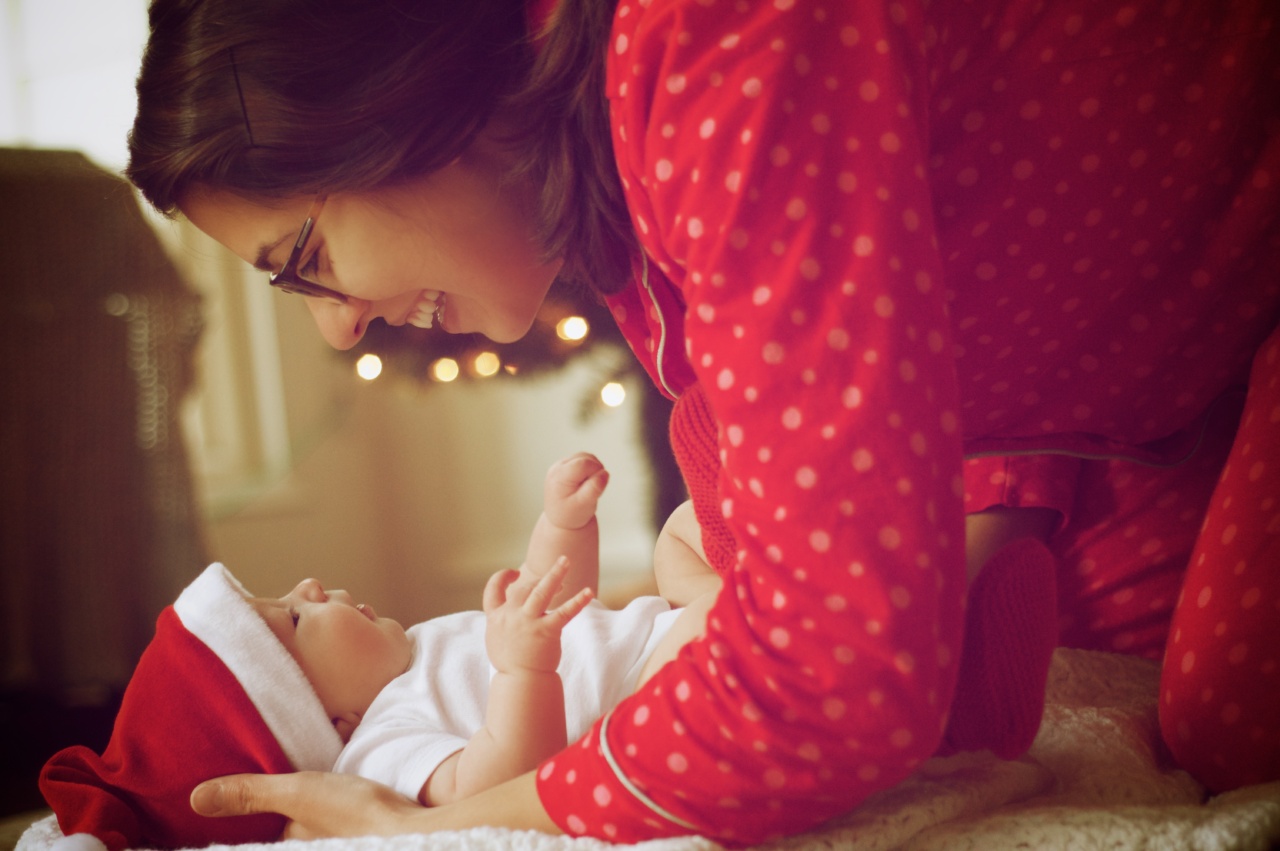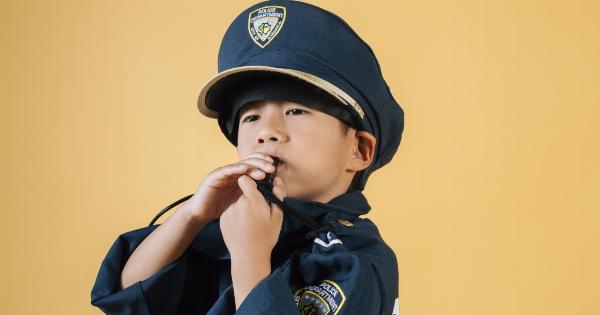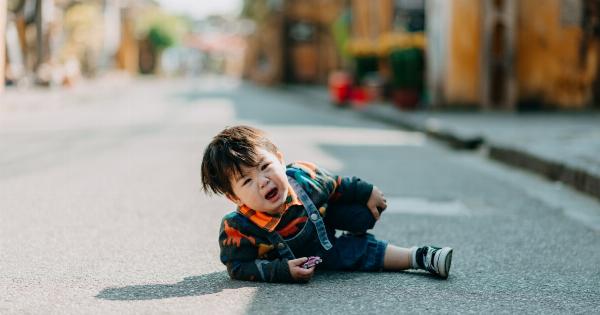Believing in Santa Claus is a magical part of childhood for many children around the world. The idea of a jolly man in a red suit bringing toys and gifts down the chimney is enchanting and filled with wonder.
However, as children grow older, their beliefs may shift, and they start questioning the existence of Santa Claus. So, at what age do kids typically stop believing in Santa Claus? Let’s explore the different factors that influence this transition.
1. Cognitive Development
Children’s cognitive development plays a significant role in when they stop believing in Santa Claus. Around the age of 7 or 8, children enter the concrete operational stage according to psychologist Jean Piaget.
During this stage, children become more logical thinkers and begin to question the plausibility of magical beings like Santa Claus. They start to analyze facts, ask for evidence, and connect the dots, leading them to doubt Santa’s existence.
2. Peer Influence
Peer influence is another crucial factor in determining when kids stop believing in Santa Claus. When children reach school age, they begin to interact more with their peers, who may have different beliefs or doubts about Santa.
If their friends or classmates express skepticism or disbelief in Santa, it can influence a child’s own beliefs and lead to them questioning the existence of the North Pole’s biggest celebrity.
3. Santa Claus’ Mythology
The elaborate mythology surrounding Santa Claus can also contribute to when children stop believing. As kids grow older, they may start noticing inconsistencies in the story of Santa.
How does he visit every child in one night? How does he fit through chimneys? How is he able to read millions of letters? These questions can raise doubts about the feasibility of Santa Claus, leading children to question his existence.
4. Family Dynamics
Family dynamics and conversations surrounding Santa Claus can impact when children stop believing. Some families have a tradition of openly discussing the truth about Santa Claus once their children reach a certain age.
This transparency allows children to transition from belief to participation in the mythology, such as helping to set up surprises for younger siblings or cousins. In other households, parents may choose to let their children naturally outgrow their belief in Santa without explicitly revealing the truth.
5. Media Exposure
The media plays a significant role in shaping children’s beliefs and influencing their understanding of Santa Claus.
As children watch TV shows, movies, or browse the internet, they may encounter content that questions or debunks the existence of Santa. This exposure can accelerate the process of disbelief, especially if children come across explanations rooted in science or logic that challenges the traditional narrative of Santa Claus.
6. Personal Experiences
Personal experiences can also play a role in when children stop believing in Santa Claus. As children get older, they might notice inconsistencies between the gifts they receive and what they requested from Santa.
They may also discover presents hidden in their parents’ closets or stumble upon their parents wrapping gifts labeled “From Santa.” These moments of realization can be significant in shattering the illusion and causing children to question Santa’s existence.
7. Cultural Differences
Cultural differences can influence when children stop believing in Santa Claus.
In some cultures or households, belief in Santa Claus may persist longer, often until early adolescence or beyond, while in others, skepticism about his existence arises at a younger age. Customs, traditions, and family beliefs about Santa can vary significantly, leading to a range of experiences and belief systems.
8. Emotional Readiness
Emotional readiness is an essential aspect in the transition from believing in Santa Claus to realizing the truth.
Some children may strongly cling to the magic of Santa Claus and the joy it brings, while others may feel relieved to discover that their parents have been behind the mysterious gifts all along. Emotional readiness varies from child to child, and it can influence the specific age at which they stop believing in Santa Claus.
9. Santa Claus as a Symbol
Although children might stop believing in the literal existence of Santa Claus, he can still hold symbolic meaning in their lives.
Even after outgrowing childhood belief, many individuals continue to embrace the spirit of Santa Claus, focusing on the values associated with him, such as generosity, compassion, and bringing joy to others.
10. The Parental Role
The parental role in guiding children through the transition of disbelief in Santa Claus is crucial.
When parents notice their child beginning to question Santa’s existence, they can foster open communication and provide an environment where children feel safe discussing their doubts and emotions. This allows for a smooth transition and an opportunity to focus on the meaningful aspects associated with Santa Claus, such as love and acts of kindness.
In Conclusion
While the age at which children stop believing in Santa Claus can vary, it is typically around 7 to 9 years old.
Factors such as cognitive development, peer influence, Santa’s mythology, family dynamics, media exposure, personal experiences, cultural differences, emotional readiness, the symbolic role of Santa Claus, and parental guidance all contribute to this transition. Regardless of when children stop believing, the magic of Santa Claus can continue to inspire joy and kindness in their hearts, shaping the treasured memories of their childhood.






























